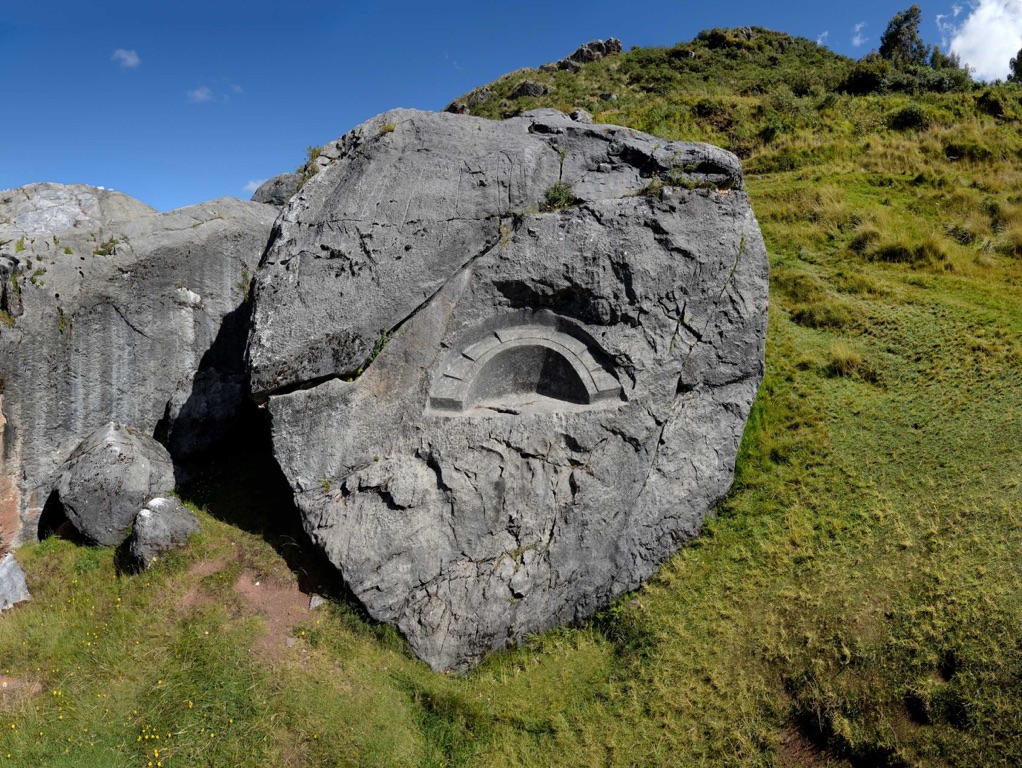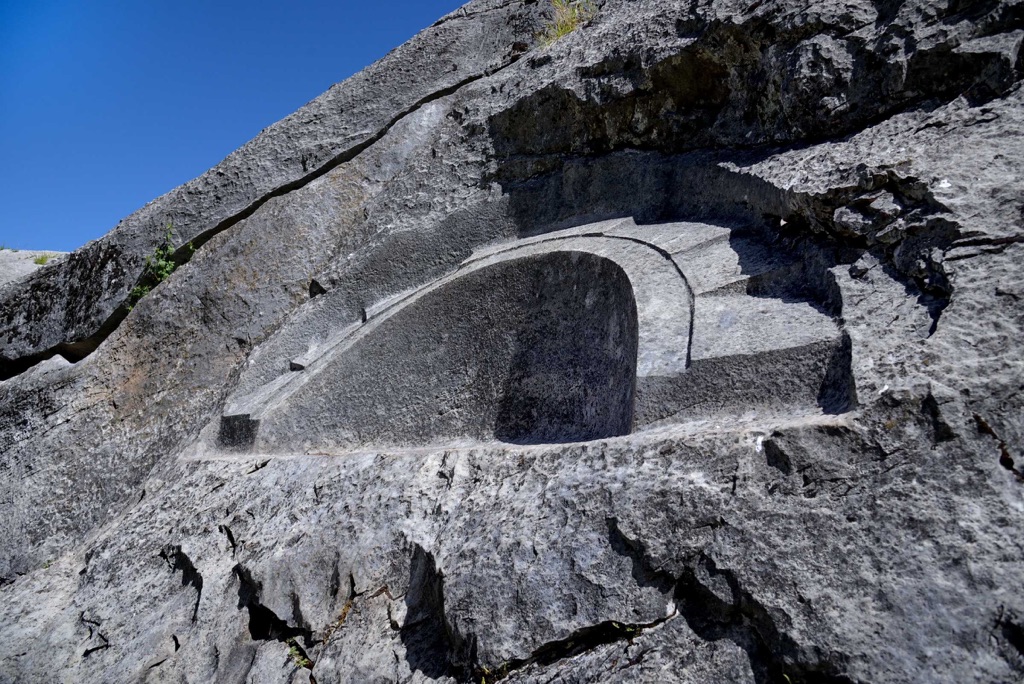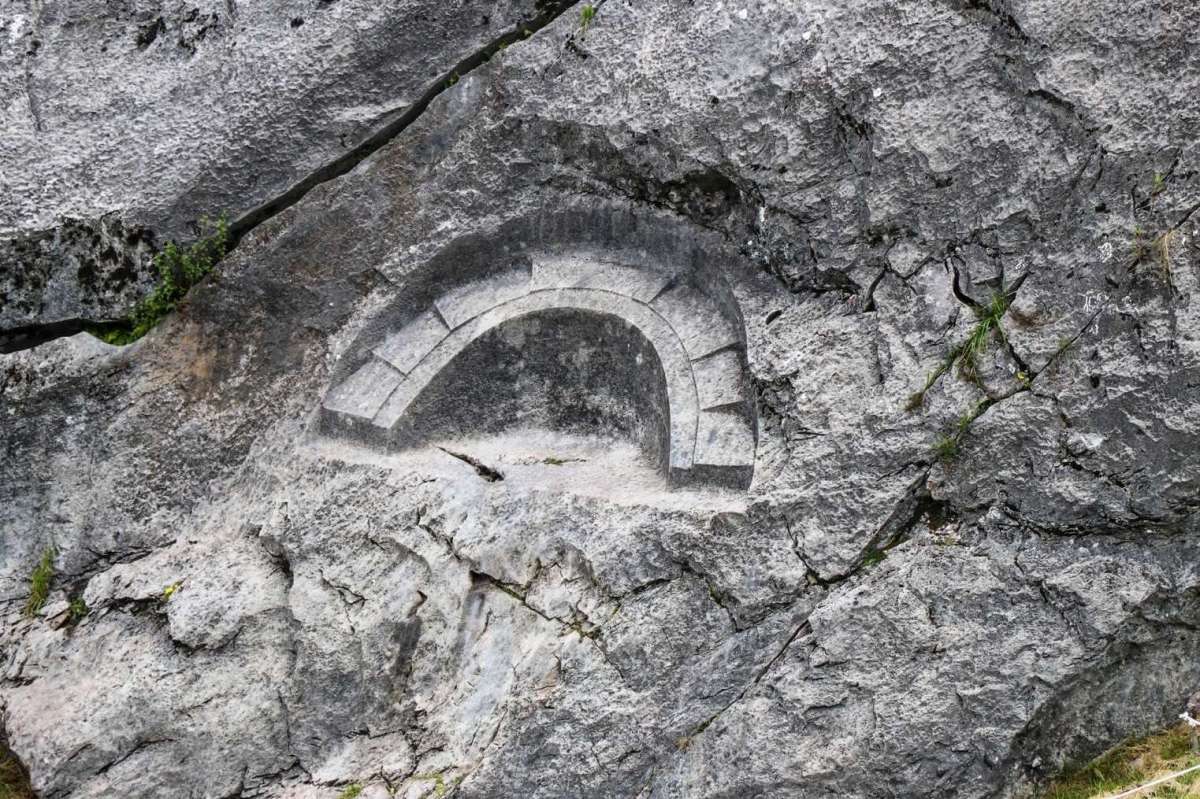Quillarumiyoc, an intriguing archaeological site, is nestled in the heart of the Anta Province in Peru. This ancient site, known for its enigmatic moonstone, is a testament to the advanced astronomical knowledge of the ancient Andean civilizations. Its name, Quillarumiyoc, translates to “Moonstone” in Quechua, the language of the Inca.
Get your dose of History via Email

Historical Background
Quillarumiyoc dates back to the Killke culture, which existed from 900 to 1200 AD, predating the Inca civilization. The site was later used by the Inca, who were known for their advanced knowledge of astronomy. The Inca civilization thrived in the Andean region of South America from the early 13th century until the Spanish conquest in the 16th century.

Architectural Highlights
The most notable feature of Quillarumiyoc is the Moonstone, a large rock carved with intricate geometric and zoomorphic designs. The rock measures approximately 7 meters in height and 2.5 meters in width. The carvings on the rock are believed to represent the Andean lunar calendar.
The site also includes a series of terraces, walls, and other structures built using traditional Inca construction methods. The stones used in the construction were likely sourced from local quarries and shaped using bronze or stone tools. The precision of the stonework is a testament to the advanced architectural skills of the ancient Andean civilizations.

Theories and Interpretations
Quillarumiyoc is believed to have been an important ceremonial center for the worship of the moon, a deity of great significance in the Andean cosmology. The Moonstone is thought to have been used as an astronomical tool to track the phases of the moon.
The intricate carvings on the Moonstone align with the lunar cycle, suggesting that the stone was used to predict agricultural cycles and important ceremonial dates. The dating of the site has been determined through a combination of radiocarbon dating and stylistic analysis of the carvings and architectural features.
The site’s alignment with other archaeological sites and natural features in the region also suggests that it was part of a larger network of ceremonial and astronomical sites.

Good to know/Additional Information
Quillarumiyoc remains a site of cultural and spiritual significance for the local Quechua communities. The site is also a popular destination for tourists seeking to experience the rich history and culture of the Andean civilizations.
Despite its historical significance, Quillarumiyoc remains relatively unexplored, and ongoing archaeological research continues to reveal new insights into the site’s history and function. As such, Quillarumiyoc represents a fascinating chapter in the story of human understanding of the cosmos, and a testament to the advanced knowledge of the ancient Andean civilizations.
